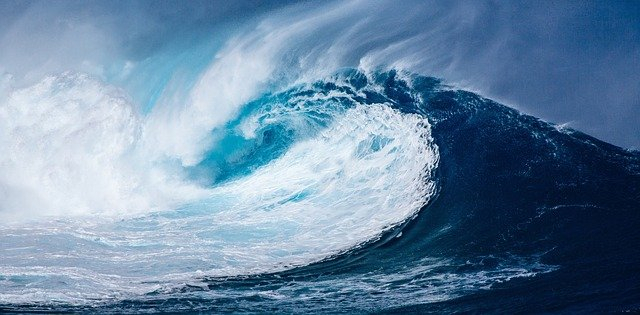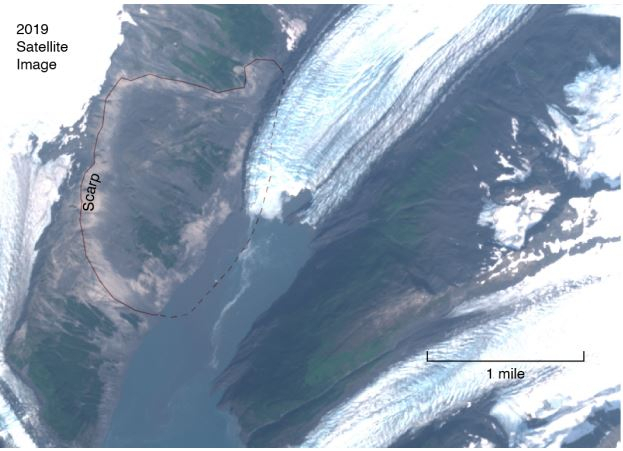The Alaska Peninsula was hit by a 7.5 magnitude earthquake on Monday afternoon, October 19, triggering a tsunami warning in the region. But the threat is not over. Scientists said the melting glaciers in Alaska region could unleash a 'mega-tsunami,' with a destructive high wall of water.
As per the scientists, the glacier retreat in Prince William Sound—a narrow sea channel on the south coast of the U.S. state of Alaska—is now destabilizing mountain slopes and a massive tsunami could appear as early as 2021.
A group of experts in an open letter to Alaskan authorities said that collapsing mountain slopes in Alaska caused 633 feet high waves in 2015. The researchers also noted that in west Greenland, a landslide in June 2017 produced a tsunami that killed four people and destroyed a large portion of the town of Nuugaatsiaq.
In the letter, the researchers wrote:
"We, a group of scientists with expertise in climate change, landslides, and tsunami hazards, have identified an unstable mountain slope above the toe of Barry Glacier in Barry Arm, 60 miles east of Anchorage, that has the potential to fail and generate a tsunami."
According to the findings, the tsunami could impact areas frequently visited by tourists, fishing vessels, and hunters. The team of scientists believes that there is a possibility that this landslide-led tsunami "will happen within the next year, and likely within 20 years."

Shifting Mountainside
The letter was signed by many scientists, including Dr. Chad Briggs, of the University of Alaska Anchorage, Ohio State University researcher Chunli Dai and Dr. Ronald Daanen, from the Alaska Division of Geological & Geophysical Surveys.
Dai analyzed the images of the glacier by using ArcticDEM which is a high-resolution dataset and found that the entire mountainside was slowly shifting. If this giant and slowly-moving landslide collapses suddenly into the narrow fjord below, then it would cause an extremely large tsunami—because of the shape of the fjord that would amplify the wave.
The Ohio University researcher said that based on the elevation of the deposit above the water, the volume of land which was slowly-moving, and the slope's angle, "we calculated that a collapse would release 16 times more debris and 11 times more energy than Alaska's 1958 Lituya Bay landslide and mega-tsunami."

That particular incident which was triggered by an earthquake had dropped millions of cubic yards of rock nearly 2,000 feet into a fjord and it caused 1,700 feet high waves-—what is thought to be the tallest wave—in modern history. The huge waves washed away soil in a wide range around the bay and destroyed millions of trees. This was an event in which many eyewitnesses compare to an atomic bomb explosion incident.
After analyzing the images from the Landsat, Dai said that with the wider perspective, the movement of the vulnerable slope was "impossible to miss" and it is quite clear that "a whole section of the mountain between Cascade Glacier and Barry Glacier slumping toward the water".









